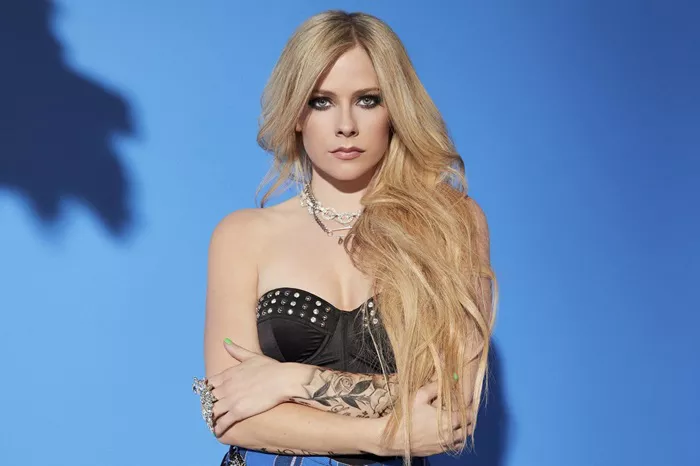In the ever-evolving landscape of music, certain genres have birthed iconic figures who not only shape the sonic landscape but also become cultural symbols. Pop punk, a genre that emerged in the late 20th century, is no exception. Among the vibrant tapestry of pop punk, one figure stands out – the Pop Punk Princess. In this article, we embark on a journey to explore and define the essence of the Pop Punk Princess, delving into the history of pop punk, the evolution of the title, and the women who have claimed this royal mantle.
Defining Pop Punk
Before we embark on our exploration of the Pop Punk Princess, it is crucial to understand the genre that birthed this royal figure. Pop punk, a fusion of punk rock and pop music elements, burst onto the scene in the 1970s and reached its zenith in the 1990s. Known for its catchy melodies, energetic rhythms, and often rebellious lyrics, pop punk resonated with a diverse audience, transcending generational boundaries.
The genre found its roots in the raw, DIY ethos of punk rock, infusing it with a more accessible and melodic sound. Bands like Ramones and The Buzzcocks paved the way for the pop punk explosion that occurred in the late 20th century, with bands like Green Day, Blink-182, and The Offspring dominating the mainstream.
The Birth of the Pop Punk Princess
As pop punk gained popularity, a shift occurred in the narrative. The male-dominated scene started to witness a rise in female voices, introducing a fresh perspective to the genre. It was in this context that the term “Pop Punk Princess” emerged. This moniker wasn’t merely about gender; it encapsulated a spirit of rebellion, individuality, and a distinctive approach to the punk ethos.
The Pop Punk Princess was not confined to a singular mold. She could be a singer, a guitarist, or a drummer – her essence lay in her ability to carve out a space for herself in a genre that had long been dominated by male voices. This shift marked a crucial evolution in the pop punk narrative, opening doors for greater diversity and creative expression.
Trailblazers of the Realm
To understand the Pop Punk Princess, one must acquaint oneself with the trailblazers who paved the way for her emergence. Avril Lavigne, often hailed as the early archetype of the Pop Punk Princess, burst onto the scene in the early 2000s. With her distinctive style, rebellious attitude, and hits like “Complicated” and “Sk8er Boi,” Lavigne embodied the fusion of punk aesthetics with mainstream appeal.
As the years progressed, other artists stepped into the realm, each contributing a unique facet to the Pop Punk Princess persona. Hayley Williams of Paramore brought a fiery intensity, both vocally and in her stage presence. With anthems like “Misery Business,” Paramore played a crucial role in solidifying the presence of women in the pop punk scene.
The baton continued to be passed, with artists like PVRIS’ Lynn Gunn, Tonight Alive’s Jenna McDougall, and Stand Atlantic’s Bonnie Fraser redefining the boundaries of the Pop Punk Princess. Each brought her own interpretation to the title, adding layers to the evolving narrative of women in pop punk.
Beyond the Music: Fashion, Attitude, and Identity
The Pop Punk Princess isn’t merely a musical title; it extends into the realms of fashion, attitude, and identity. The distinctive style associated with the Pop Punk Princess often involves a blend of punk aesthetics with a pop sensibility. Fishnet stockings, studded leather jackets, and vibrant hair colors become symbols of rebellion and individuality.
Attitude plays a pivotal role in defining the Pop Punk Princess. An unapologetic and rebellious spirit characterizes her approach to life and music. This attitude is not confined to the stage; it permeates every aspect of her existence, making her a symbol of empowerment for a generation.
Identity, too, is a crucial element. The Pop Punk Princess doesn’t conform to societal expectations or predefined roles. She carves her own path, embracing her flaws and uniqueness. In doing so, she becomes a role model for those who seek authenticity in a world that often demands conformity.
Challenges and Triumphs
While the rise of the Pop Punk Princess marks a positive shift in the music industry, it would be remiss not to acknowledge the challenges faced by women in the genre. Gender bias, stereotyping, and unequal representation have been persistent issues. The Pop Punk Princess, however, stands as a testament to resilience and tenacity, breaking through barriers and inspiring a new generation of musicians.
Conclusion
As we navigate the realm of the Pop Punk Princess, it becomes evident that her kingdom is ever-expanding. New voices continue to emerge, bringing fresh perspectives and pushing the boundaries of the genre. The future promises an even more diverse and inclusive pop punk scene, with artists challenging norms and redefining what it means to be a Pop Punk Princess.
In conclusion, the Pop Punk Princess is not merely a title; it’s a cultural phenomenon that signifies a shift in the narrative of pop punk. From Avril Lavigne to the rising stars of today, the Pop Punk Princess continues to evolve, leaving an indelible mark on the genre and inspiring generations to come. As we celebrate the reign of these musical monarchs, let us anticipate the continued growth and influence of the Pop Punk Princess in the ever-changing landscape of music.

